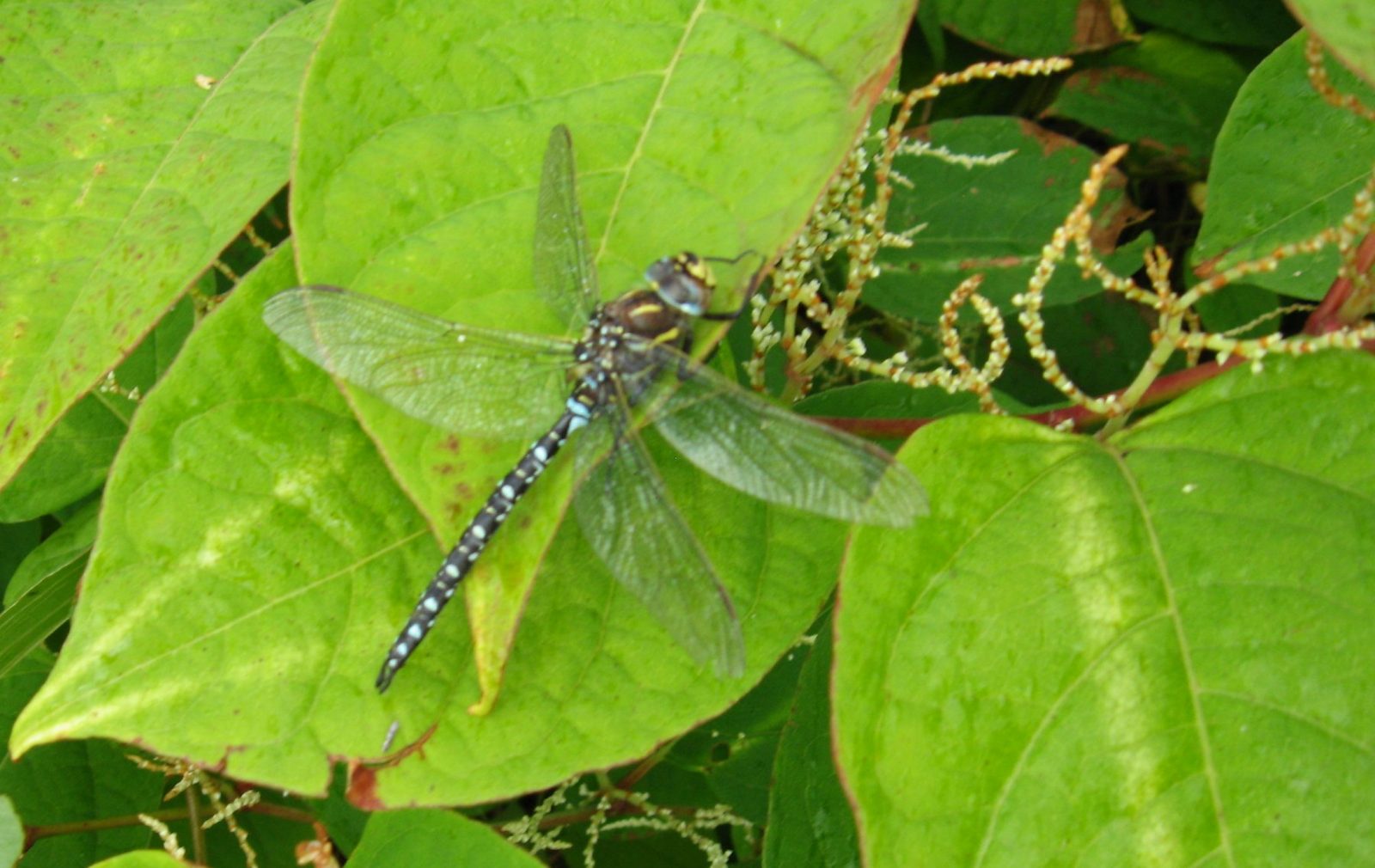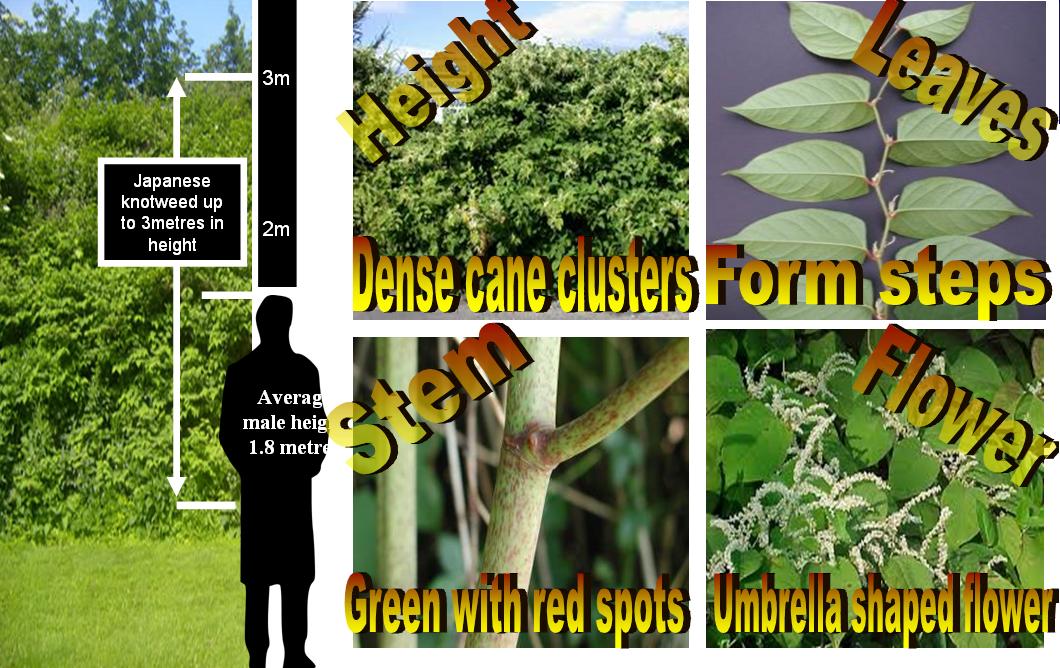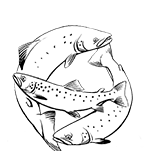Japanese Knotweed (Fallopia japonica)is the most pernicious terrestrial weed in Britain, causing a huge amount of economic and environmental harm. The IUCN lists it amongst the top 100 worst invasive plants in the world. It is now widespread throughout Britain, and has nearly doubled its distribution in the last 20 years.

Knotweed is difficult and expensive to eradicate because it proliferates from fragments as small as a little finger nail, can persist underground in a dormant state for years, and is extremely resilient to a range of conditions and herbicides. The cost of a development can increase by 10% if knotweed is present, because expensive techniques must be employed including deep burial, use of root barrier membranes, creation of bunds, transport to licensed landfill sites and repeated herbicide applications. Furthermore, mortgage lenders will in many cases not lend on properties where Japanese knotweed is present.
What harm does it do?
Economic: knotweeds can grow through tarmac and concrete, causing structural damage to buildings and surfaces, including flood defences. Stands impede water flow and floating dead stems can cause blockages, increasing flood risk.
Biodiversity: stands of knotweed suppress native species by casting heavy shade, and producing long-lasting leaf litter. The loss of native species can increase riverbank erosion.
Amenity: access to watercourses, and along paths, is impeded. Knotweed also causes sociological problems by trapping litter and encouraging vermin.
Special restrictions: It is prohibited to plant, or allow the spread in the wild of this species (Sch9, Wildlife & Countryside Act). SEPA has set out guidelines for developers and others to avoid spreading Japanese knotweed. Prosecution could result if these aren’t followed. Japanese knotweed is not, as often thought, a notifiable weed. SEPA/EA does not have an obligation to control it: management of is the responsibility of the land owner/occupier, and must comply with SEPA/EA guidelines.
Wording courtesy of : http://www.invasivespeciesscotland.org.uk/
Identifying Japanese Knotweed
Japanese knotweed is usually easy to identify. Stems: 2-3m tall, green with red/purple speckles, hollow, and typically form dense and often extensive stands (although small clumps of only a few short stems do occur). The arching branches have a characteristic zig-zag pattern.
Leaves: shield-shaped, green, up to 12cm long, with a flat base and pointed tip. They are hairless, only slightly longer than wide, and are arranged alternately along the branches.
Flowers: abundant clusters of tiny creamy flowers are produced along the outer parts of most branches from August to October.
Seeds: since fertile male flowers are very rare on British plants, seed is produced only rarely from hybridization with other exotic knotweeds, and rarely survives (although climate change could change this). Hybrid knotweed is as invasive as Japanese knotweed, with giant knotweed being less so.
As the aerial parts of the plant die in late autumn, the leaves turn brown (along with the rest of the plant) and can remain attached for many weeks. Even when the leaves have dropped, the zig-zag branches and tall bamboo-like stems are easy to identify. The dead canes may remain standing for several years. The dead parts of the plant decompose slowly, leaving a deep litter under large stands. New red/purple shoots with furled leaves appear in March, and grow up to 40mm per day. They are produced from tough spreading rhizomes (underground stems), which are thick and woody, and snap like a carrot when fresh revealing a yellow/orange centre. They can reach out 7m or more from the parent plant, and up to 3m deep.

Not to be mistaken: When the aerial parts of these plants are dead it is not possible to identify them with any certainty unless intact dead leaves can be found (they often can be because decomposition is slow). Smaller dead stems of these knotweeds could be mistaken for dead docks (Rumex sp.), but docks don’t have the hollow stems and zig-zag branch pattern.
Treatment: Japanese knotweed is best treated after it has started flowering in August or September. Since nutrients are transported down to the rhizomes for winter storage at this point, it ensures that the herbicide reaches the roots. Treatment should be carried out before die-back or the first frost. It can take up to six weeks for the treatment to show effect.
Both hybrid and giant knotweeds are to be treated in the same way as Japanese knotweed.
Find out more about treatment approaches here.








